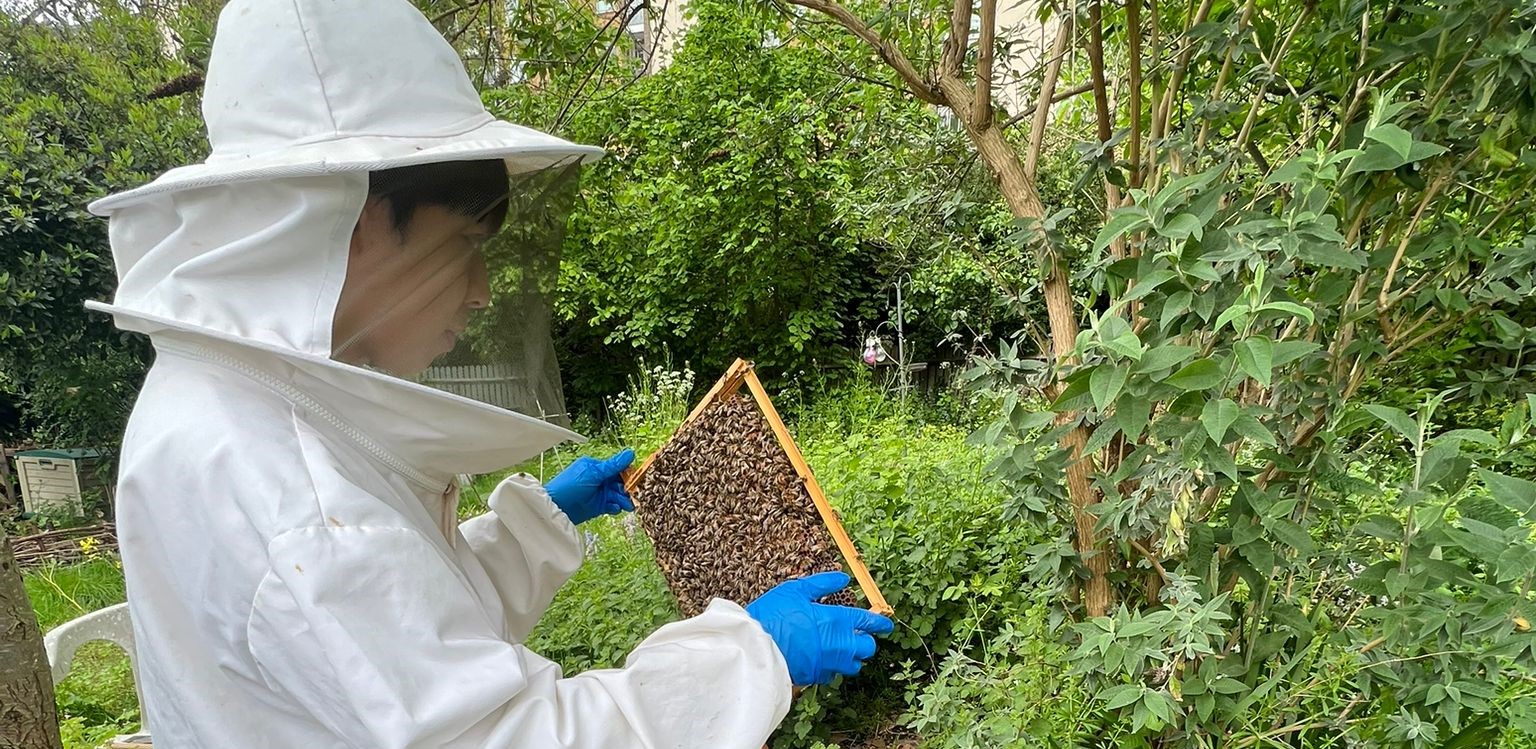Local Green Spaces case study: The Secret Garden, London

Nestled away in Prince’s Gate Garden East, the Imperial College’s Secret Garden brings together students with a passion for the environment and spending time in nature.
The garden is a bubble of nature hidden in between the beautiful buildings of South Kensington. It provides students with an opportunity to escape from the stress of academia and get their hands dirty in weekly gardening sessions.
Entering the Secret Garden may feel like leaving the city for some, though for a much cheaper price tag since it only requires an annual £2 membership. With activities like building a terrarium and making lip balm from beeswax, students are able to slow down and disconnect from the bustling rhythm of central London.
Despite being managed by the university’s Environmental Society, the garden is also accessible to neighbours which makes it an important community asset. After all, it was designated as a Local Green Space in the Knightsbridge neighbourhood plan due to its recreational value to residents.
For Tina, the Head Gardener, the Secret Garden is ‘a piece of the puzzle’ when it comes to clearing her head. Her responsibilities include maintaining the garden, planting and harvesting, as well as tending to the garden’s pond and bee colony. Though Tina sees the garden as ‘a little bit like a community’ where she can socialise with peers, it is also a solace that allows her to ground herself and enjoy her own company. Making this space part of her routine has encouraged her to do manual activities that she had not previously had the opportunity to undertake and to finally fulfil a long-term desire to spend more time in nature.
Having regular access to this Local Green Space has also positively impacted her wellbeing and academic performance. In essence, the Secret Garden serves as a haven where students can develop deeper connections with themselves, their community and their environment.
Read the full report
This case study is part of our 2023 Local Green Spaces report. View the full report by clicking the link below.



